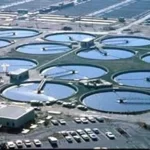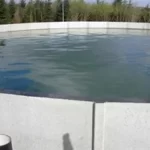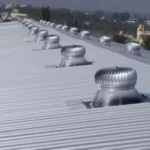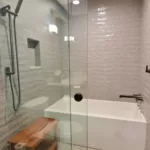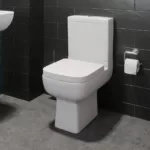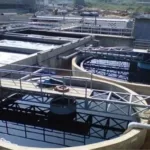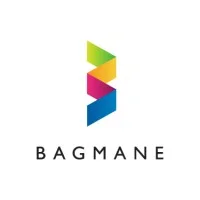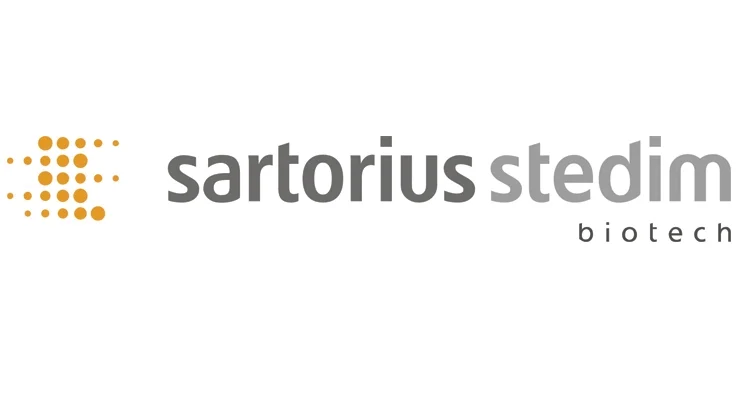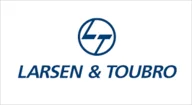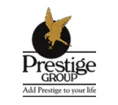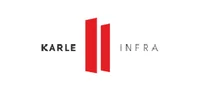Geoliz Waterproofers Pvt. Ltd.
Professionals in Waterproofing
testimonials
What Our Clients
Say About Us.
Few words from our clients
Choose a trusted waterproofing company to protect your property from water damage with our comprehensive waterproofing services, which utilize advanced technology and high-quality materials to ensure long-lasting protection
We specialize in waterproofing solutions for basements, retaining walls, foundations, roofs, overhead tanks, underground sumps, lift pits and wet areas among others.
Welcome to Geoliz Waterproofers Pvt. Ltd. – your trusted partner for all your waterproofing needs! Based out of Bangalore, India, we specialize in providing top-notch waterproofing services for both new projects and repairs. With over a decade of experience in the industry, we have built a reputation for delivering high-quality services that exceed our clients’ expectations.
At Geoliz Waterproofers Pvt. Ltd., we know that water damage can be devastating to your property. That’s why we offer a wide range of waterproofing services to protect your property from leaks, floods, and other water-related damage.

Our team of experienced professionals will work with you to assess your property and determine the best waterproofing solutions to fit your needs and budget. From basement waterproofing, foundation repair to roof waterproofing and wet area waterproofing, we have the expertise and knowledge to handle any waterproofing project.
Don’t wait until it’s too late. Contact our waterproofing company today to schedule a consultation and learn more about how we can help you protect your property from water damage with our comprehensive waterproofing services.

Experts
Waterproofing Company with expertise to handle your projects.

Integro
Our waterproofing company provides end-to-end solutions, covering assessment, planning, execution, and maintenance, for complete protection against water damage.
Why Choose Us
We help you keep your building dry and protected.
At Geoliz Waterproofers, we take pride in our commitment to excellence. We go above and beyond to ensure that our clients are completely satisfied with our services. Here are some of the reasons why you should choose us for your waterproofing needs:
What sets us apart?
hassle free service to our customers.
Sustainable Solutions.
We strive to give best to our customers. Get the best out of the available solution in accordance with your budget. Limitations, if any shall be disclosed upfront.
Professional Work
Get your work done by professionals. Our waterproofing company use high-quality materials and equipment to ensure that our waterproofing solutions are effective.
Custom Solution
Every building is unique and hence it’s waterproofing requirements are unique. Our waterproofing company develop and implement a tailored waterproofing solution that is specifically designed to address the unique needs and requirements of a particular structure or project.
Trusted By Over 250+ Clients
Since 2006
300+
Projects done
17+
years of experience
Make An Appointment
Do You Need to hire A Professional Waterproofing Company? Fill Out This Form To Get In Touch.
Our Representative shall contact and guide your in your waterproofing requirements shortly.
Monday to Saturday from
8:00 — 6:00
Call to ask any question













